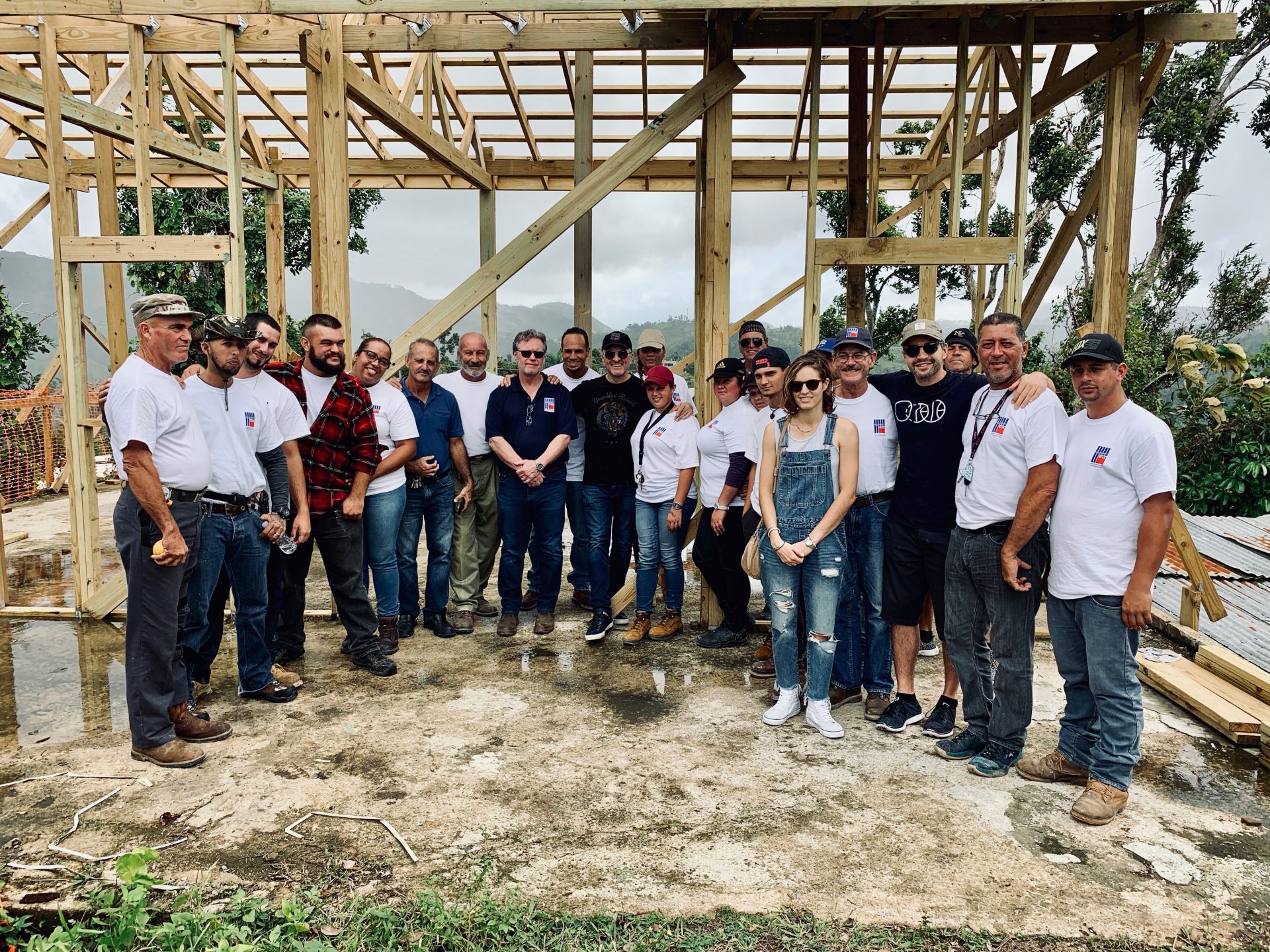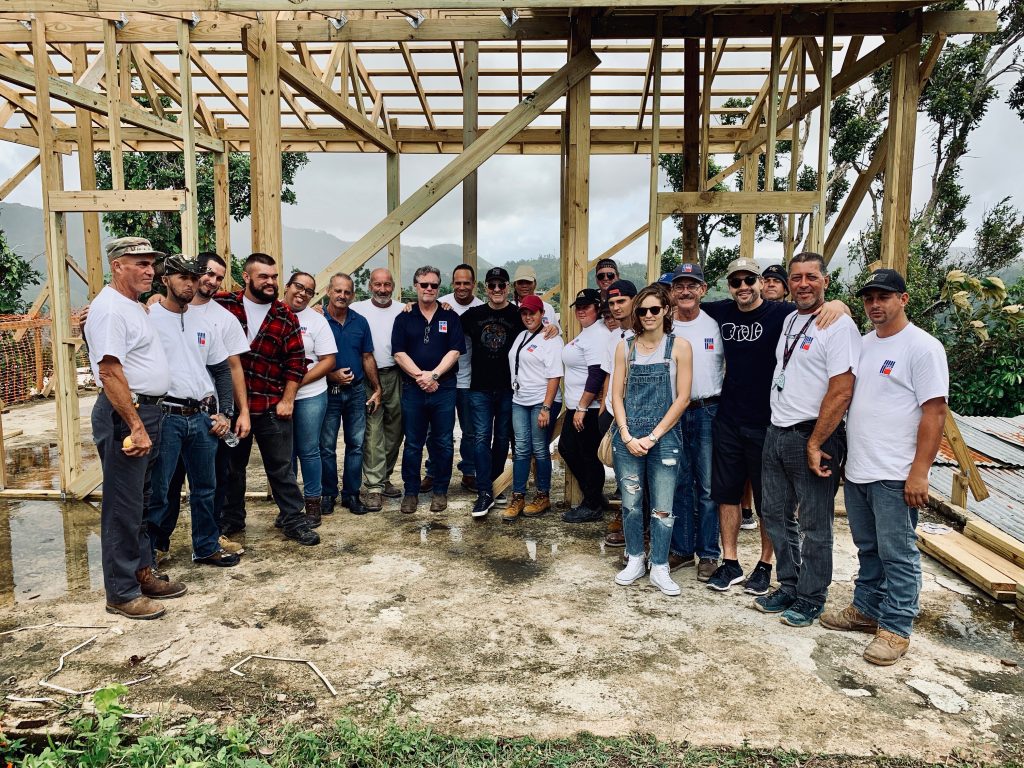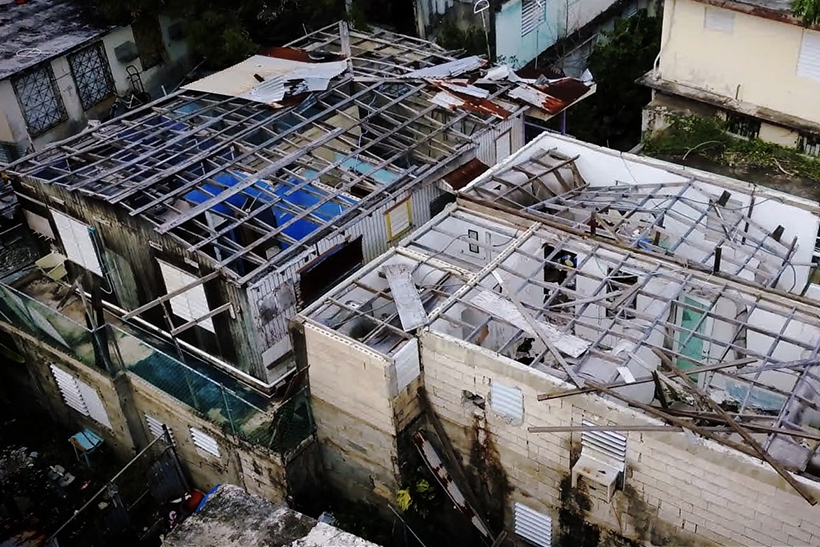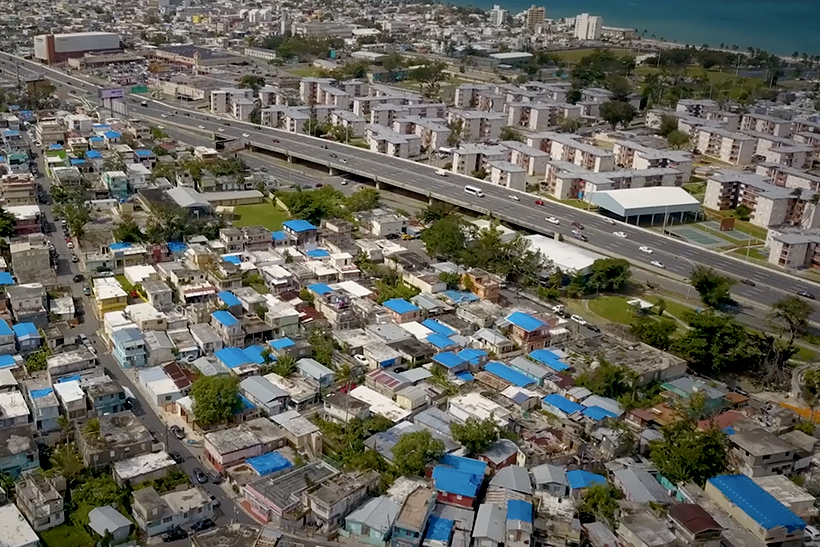Blog
Top Ten Posts of 2015: Leadership, Community Building and Millennial Engagement

When a group of motivated people collaborate for a higher purpose great things can be accomplished. From a conscious business standpoint, working with other organizations driven by a shared mission is an excellent way to expand the impact of your social good initiatives and the organic reach of your marketing campaigns.

There are numerous ways to take on corporate social responsibility and philanthropy. At the core of an effective impact strategy is clear leadership, scalable execution and purposeful partnerships.
A social good project with an innovative approach to impact is the 100Roofs Project. The project was spearheaded by Today, I’m Brave, a nonprofit dedicated to helping tell stories and raise money for organizations “bravely helping change the world.”
For the 100Roofs Project, Today, I’m Brave brought together businesses, celebrities, NGOs, locals and visitors to restore over a hundred roofs in Puerto Rico.
“Everybody felt like they had a piece of it. It was not only about helping Puerto Rico. It was also being able to leverage each and every brand or influencers best practices to help make a contribution,” David Angelo, founder of Today, I’m Brave and David&Goliath, tells We First Branding.
The project was formed when HEART 9/11, provided disaster relief in the wake of Hurricane Maria, which destroyed homes, infrastructure and communities on September 20th, 2017.
Today, I’m Brave and actors Ramon Rodriguez and Rosie Parez teamed up to produce, direct and star in a documentary called Pa’Lante. The film highlighted the lives of Puerto Rican survivors and the Pre-Apprentice Program.
HEART 9/11 was originally going to stop at 5 homes. After seeing the impact of the work and the remaining 60,000 roofless houses the group wanted to do more.
“It was scalable and sustainable and we immediately recognized the potential for great impact,” Angelo stated in a press release.
100Roofs was born. The goal was not only to reroof homes but also to train locals with carpentry skills. Heart 9/11 flew in over 150 carpenters who coached 38 local residents for 10 weeks. The collaboration yielded hands on experience that also helped rebuild the community.
To raise funds, the 100Roofs team hosted a gala in Los Angeles on the 1 year anniversary of the disaster. Hollywood celebrities such as Lebron James, Goerge Lopez and others contributed auction items.
Brands like Twitter and iHeartRadio spread the word online. OUTFRONT Media gave billboard space near the gala. Chicken of the Sea donated over 10,000 cans of tuna. Companies like Disney, Red Bull, Merrill Lynch and many others made financial contributions.
“It’s this kind of philanthropic marketing, one that offers a tangible, sustainable solution to social causes and brings together like-minded people, that will ultimately move the needle and make the biggest difference in the world,” David Angelo stated.
In less than 6 months they exceeded their goal and have roofed 116 homes to date. Thanks to the 100Roofs project, over 400 people previously living under tarps now have a roof over their heads.
The 100Roofs project offers an intriguing philanthropic model for brands looking to scale their impact and marketing initiatives.

How 100Roofs Built a New Philanthropic Model
Here’s how 100Roofs built a new philanthropic model
Connect over shared values:
In today’s world, brands that don’t follow a purpose risk losing their license to operate. In fact, a study found that over three quarters of consumers would boycott a brand if it did something contrary to their beliefs.
With demand from conscious consumers, companies are also looking to collaborate for a higher purpose. Nonprofits, influencers and governments can also be excellent partners.
“There’s never been a better time to live your purpose,” Angelo says. “Now you can do it on a level with others who were all sort of dipping their toe into the water.”
The takeaway here is to build community around shared values. Powerful partnerships come from belief-driven allies.
Demonstrate transparency:
One of the challenges with philanthropy is measuring impact. Donors, partners and consumers want to know where their contributions are going.
“The solution was something that they could actually see, touch and feel,” Angelo explains. “They could say $5,000 puts one roof over a family’s head.”
Essentially, stakeholders like connecting a tangible unit of impact with donations. Keep it simple, authentic and transparent.
Make it scalable and sustainable:
You should optimize for impact like you optimize for profits. To have the greatest impact we must be able to efficiently replicate best practices and maintain them in the long run.
Working with HEART 9/11 on building a skilled workforce in the community gives the project a long term avenue for impact.
Ultimately, to have the most efficiently act on purpose you must think about questions like, is this a scalable model? How will the project do if/when you are no longer involved? Will it continue creating value in the community?
Share the work and the credit:
Making an impact in the world requires collaboration. Different individuals and organizations will have unique ways in which they can best contribute. Sometimes that’s financial contributions, other times it could be product donation, like Chicken of the Sea’s contribution to 100Roofs.
Nonprofits and governments need the help of business to be the third pillar of social change. This philanthropic movement model enabled brands, influencers and even the Networks to be connected and branded for being part of this movement for change.
Many hands make light work. Be open to contributions and partnerships. Be generous about sharing credit for social impact and invite others to join you in the movement.

How 100Roofs Built a New Philanthropic Model
Practice meaningful storytelling:
It is critical to engage viewers in heartfelt storytelling to foster interest and support for your cause. Content is king. By telling stories that matter, you can inspire people to share your content and contribute to your mission.
“Putting that video together and being able to actually see the families that you were affecting gave you a human connection to where your money was going,” David says.
The lesson here is that people want to see the humanity behind your impact. If you can connect someone with a cause they care about you will be rewarded with goodwill and, ultimately, purchases. To deepen emotional ties between your brand and consumers, it’s important to offer them an inside look into the great work your doing.
Philanthropy isn’t something you need to do alone or get all the credit for. By finding simple, scalable, transparent solutions to problems you can partner with like-minded organizations and individuals to build your business and a better world.

